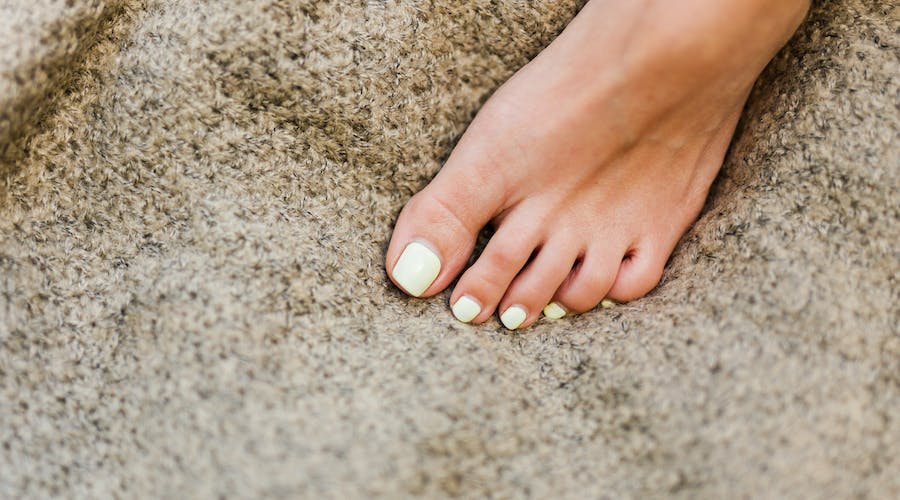Treatment of toenail fungus is vital to prevent spreading and worsening. Initial steps include keeping the feet clean and dry, trimming nails straight across, and wearing breathable socks and shoes. Use over-the-counter antifungal creams or ointments for treatment. Fungal toenail infections can be stubborn and challenging to treat, requiring specialized interventions like laser therapy for effective removal.
Toenail fungus is a fungal infection affecting the toenails. Signs of toenail fungus include yellow or brown discoloration of the nails, thickening or distortion of nail shape, brittle or crumbly texture, and a foul odor. Additionally, toenails affected by fungus may separate from the nail bed, causing pain or discomfort.
Consider nail fungus removal with a laser when traditional treatments like topical medications or oral antifungal drugs have failed to eliminate the infection. Laser treatment is suitable for individuals who prefer non-invasive options or have concerns about the side effects of oral medications. It is a good option for persistent or severe toenail fungus impacting the quality of life or causing discomfort. Laser therapy for toe fungus has a faster and more targeted approach to get rid of toenail fungus.
Laser treatment for toenail fungus is becoming popular as an alternative to traditional treatment methods. Here is a rundown of how it works:
- During the treatment, a laser beam is directed onto the affected toenail. The laser emits a wavelength of light that targets the fungus living underneath the toenail without causing harm to the surrounding tissue.The laser energy heats up and destroys the fungal cells, killing the fungus. It also helps to promote the growth of healthy toenail tissue.
- Laser treatment has shown promising results in treating nail fungus, with studies indicating success rates ranging from 60% to 80%. However, individual results vary, and several sessions are done for optimal results.
- Laser treatment is considered safe with minimal risk of side effects. Patients may experience slight discomfort or warmth during the procedure, but it is well-tolerated.During a laser therapy session for nail fungus, you can expect a painless procedure that typically lasts around 30 minutes.
- Following the treatment, patients may need to take precautions to prevent reinfection, such as keeping their feet clean and dry, wearing clean socks and shoes, and using antifungal sprays or powders as recommended by their doctor.
- The cost of laser treatment for toenail fungus can vary depending on factors such as the number of sessions required.
If you are considering laser treatment for nail fungus, consult our Houston podiatrist at DeNiel Foot & Ankle Center, who will assess your condition. Laser treatment for toenail fungus offers a non-invasive and effective option for those struggling with persistent fungal infections. However, weigh the benefits, risks, and costs before deciding on this treatment approach. After treatment, you can resume your normal activities. Over time, as the nails grow out, you will notice clearer, healthier nails emerging. Follow-up appointments to monitor progress and ensure the eradication of the toenail fungus are done.









